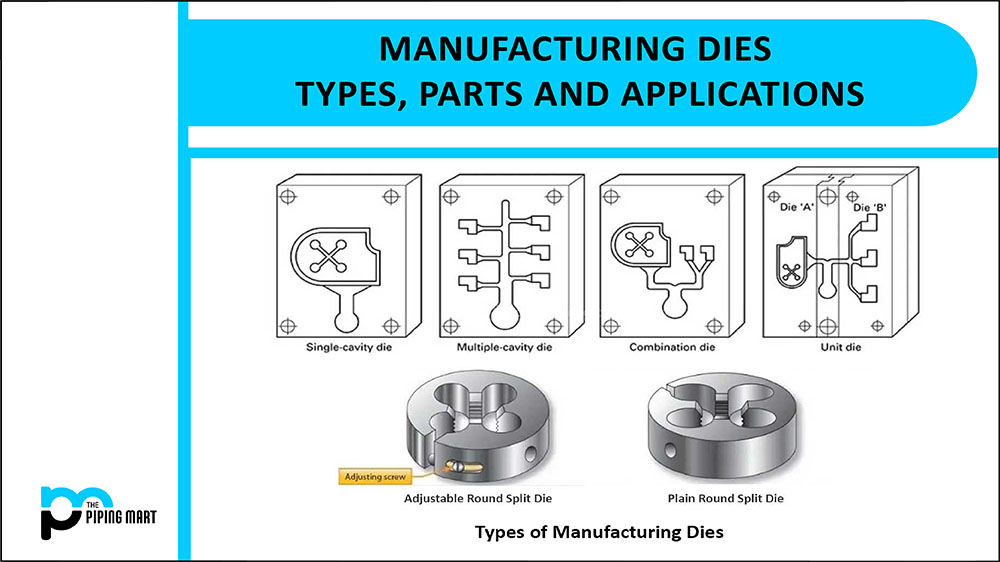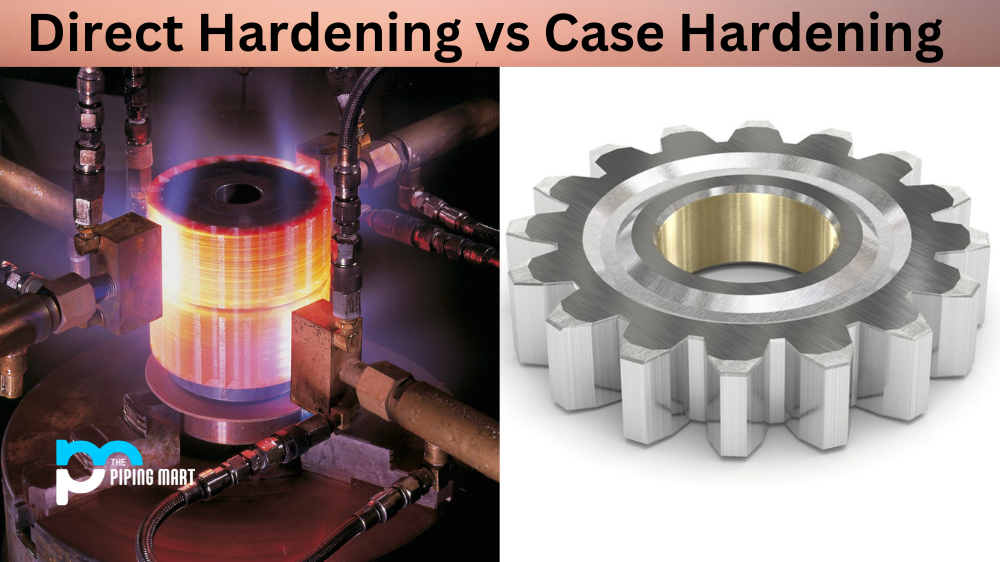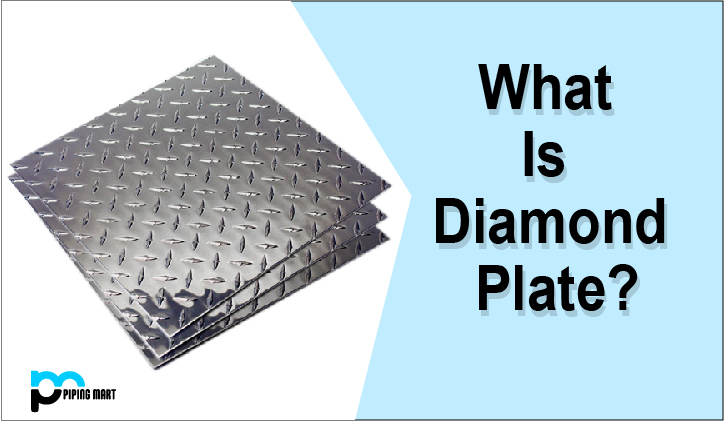Pumps and compressors are common hydraulic machinery used in the chemical, oil and gas, refinery, and petrochemical industries. Both of them even find applications for domestic purposes. Pumps and compressors are both equipment that raises pressure from the inlet to the discharge side. As a result, the phrases “pump” and “compressor” are occasionally used interchangeably. However, there are some key distinctions between a pump and a compressor.
This article will go through the top ten distinctions between a pump and a compressor.
Flowing Medium
Pumps are ideally suited to incompressible fluids such as water, oil, and liquids. They can, however, function on gases or mixed fluid mediums. However, compressors only work with compressible materials such as air, gas, vapor, and so on. Compressors lower the volume of the gas, whereas pumps do not because they mainly transfer incompressible fluid.
Principle of Functioning
A pump uses pressure to move fluid from one location to another. The mechanical energy from the pump engine is transmitted to the moving fluid as kinetic energy, which raises the pressure energy. A compressor, on the other hand, reduces the volume of gas while increasing the pressure, and the mechanical energy is stored in the gas as potential energy.
A pump’s primary goal is fluid transmission, whereas a compressor’s primary goal is fluid compression. Because pumps primarily work with liquids, there is no density or volume change. However, for compressors, density increases while volume drops.
Storage
Pumps have no storage facilities. It merely moves fluid from the suction pipe to the outlet pipe. Storage facilities are typically connected to compressors. As a result, it can store compressed gases and deliver them as needed.
Expenditure
Pumps are less expensive, whereas compressors are more expensive.
Cavitation
Cavitation is a pump characteristic that can lead to pump failure. Compressors do not encounter cavitation.
Design Structure Complexity
When compared to industrial compressors, industrial pumps are comparatively simple in design. In most circumstances, industrial compressors take up more space and are viewed as more critical than pumps. When compared to pumps, compressors vibrate more.
Fluctuations in temperature
Heat is generated during the compression of air or gas in a compressor, and the temperature of the flowing medium rises in comparison to the inlet temperature. However, such temperature variations in pumps are insignificant.
Primary Operating Conditions
The main functional characteristics of a pump are as follows: flow rate, head, specific speed, efficiency, and output power. A compressor, on the other hand, is described by its operating pressure, flow rate, compressor power, and efficiency.
Basic Parts
A pump is made up of the following components: casing, impeller, volute, motor, and shaft. A compressor, on the other hand, often includes a motor, a storage tank, valves, drains, and intake filters.
Uses
Domestic pumps can be found in washing machines, cars, ships, airplanes, etc. Every chemical, water, and power industry uses industrial pumps. They are also utilized as irrigation pumps, mining pumps, and other similar applications. Compressors are frequently found in the refrigeration and air conditioning industries, the processing industries, breweries, refineries, technical gas plants (O2, N2 bottles), pneumatic equipment and automatics, shipbuilding, construction, and so on.

Pipingmart is B2B portal specializes in industrial, metal and piping products. Also, share latest information and news related to products, materials and different types grades to help business dealing in this industry.




